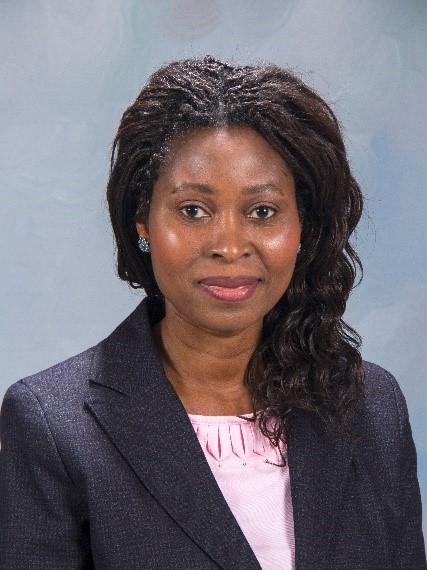Dr. Tosin Sekoni, research ecologist at ERDC and the USACE Philadelphia District conducted a field-based, Engineering With Nature workshop that taught new techniques in living shoreline establishment practices.
BOTTOM LINE UPFRONT: The US Army Corps of Engineers’ (USACE) Engineer, Research and Development Center (ERDC) and Philadelphia District (NAP) conducted a field-based, Engineering with Nature (EWN) workshop that taught new techniques in living shoreline establishment practices to enhance engineering objectives while maximizing environmental benefits. The addition of vegetation to an existing revetment resulted in nature-based features that attenuate waves, build dunes, create wildlife habitat, and prevent erosion in areas located along the Bubble Gum Beach, Indian River Inlet, the Delaware Bay and surrounding ecosystems. The workshop offered an interagency group field experience in conducting living shoreline plantings while providing insights and instructions for incorporating EWN principles into existing projects. This is the second of a series of field-based, EWN workshops that will be facilitated by ERDC to train USACE engineers, scientists, and project managers on new techniques to manage existing engineering structures using native vegetation.
BACKGROUND: In March 2016, the USACE and National Oceanographic and Atmospheric Administration (NOAA)-National Ocean Service (NOS) conducted a collaborative workshop on Natural and Nature-Based Features (NNBF). During this workshop, participants identified several NNBF collaborative projects, and the use of native vegetation on Dredged Material Placement Areas was identified as priority for application of EWN principles and practices on a national scale. Currently, this concept is being expanded to other areas such as USACE dams, reservoirs, parks, and public and private lands. In June 2016, NAP was selected as an EWN “Proving Ground”. This status was conferred on NAP based on their pursuit of EWN practices. ERDC and NAP subsequently began to explore the use of native vegetation on projects as part of an EWN approach.”
This ERDC/NAP EWN demostration workshop included 30 participants representing USACE ERDC, Philadelphia District, Saint Louis District, Norfolk District, US Fish and Wildlife Service – New Jersey and Delaware Field Offices, US Department of Agriculture-Natural Resources Conservation Service, Delaware Department of Natural Resources and Environmental Conservation, Texas A&M University, and Center for the Inland Bays (CIB) – a non-profit organization. The workshop brought together a diverse group, consisting of engineers, wildlife biologists, marine biologists, soil scientists, and ecologists, promoting collaboration across multiple disciplines. The workshop culminated into a session identifying projects where EWN practices are applicable.
OUTCOMES: Workshop participants gained practical experience in planting and coir log installation techniques. In addition, participants took a tour of the James Farm Ecological Preserve, led by Bob Collins, Program Manager of the CIB. Presentations on the first day of the workshop covered EWN science and engineering applications including, but not limited to: ecosystem basics, site evaluation, biotechnical planting, hard-green structure installation, vegetative survey, plant selection, ecological and regulatory considerations. The workshop successfully promoted EWN principles, while providing opportunities for technology transfer and future collaboration.
SUPPLEMENTAL MATERIAL: USACE Philadelphia District & Marine Design Center Flickr photos of EWN workshop and story.


